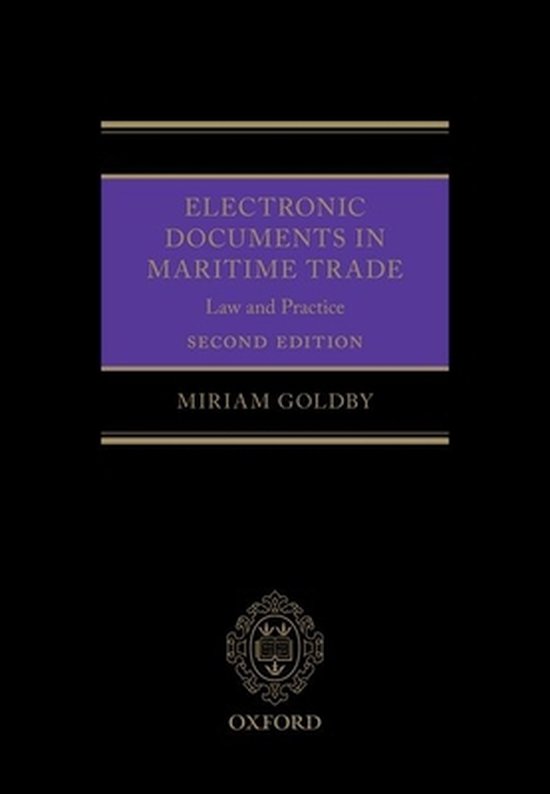
Management of Intensive Care
Intensive Care Medicine has been continuously growing and expanding, culturally, technically and geographically. I am particularly happy that this work has mainly developed within the European Society of Intensive Care, whose final target is to ensure a common standard of therapy in our old Europe, beyond national differences.
Intensive Care Medicine has been continuously growing and expanding, culturally, technically and geographically. Monitoring and instrumentation are continuously improving and more and more hospitals are getting Intensive Care facilities. The costs have proportionally increased over the years, so that ICUs represent today a major cost for health structures. Since the available resources are limited, a real need is emerging to set the limits and indications of Intensive Care. It is understood that the problem not only involves medical considerations, but also ethical and economical aspects of the utmost importance. For the first time in Europe, this book edited by Reis Miranda and his colleagues tackles systematically the many structural aspects of the European Intensive Care. The organisation and financing of health care in the Old Continent is deeply different from the American one, and the results and consequent proposals obtained in the USA cannot simply be transferred to this side of the Atlantic Ocean. Weare extremely pleased to welcome this first European attempt to discuss the Intensive Care problem. It lays no claims to giving definite replies in a continuously developing field, but it will surely become the basis for future discussions and proposals. I am particularly happy that this work has mainly developed within the European Society of Intensive Care, whose final target is to ensure a common standard of therapy in our old Europe, beyond national differences. We warmly congratulate the authors, and I am sure that their work will find wide diffusion and consent.
Intensive Care Medicine has been continuously growing and expanding, culturally, technically and geographically. Monitoring and instrumentation are continuously improving and more and more hospitals are getting Intensive Care facilities. The costs have proportionally increased over the years, so that ICUs represent today a major cost for health structures. Since the available resources are limited, a real need is emerging to set the limits and indications of Intensive Care. It is understood that the problem not only involves medical considerations, but also ethical and economical aspects of the utmost importance. For the first time in Europe, this book edited by Reis Miranda and his colleagues tackles systematically the many structural aspects of the European Intensive Care. The organisation and financing of health care in the Old Continent is deeply different from the American one, and the results and consequent proposals obtained in the USA cannot simply be transferred to this side of the Atlantic Ocean. Weare extremely pleased to welcome this first European attempt to discuss the Intensive Care problem. It lays no claims to giving definite replies in a continuously developing field, but it will surely become the basis for future discussions and proposals. I am particularly happy that this work has mainly developed within the European Society of Intensive Care, whose final target is to ensure a common standard of therapy in our old Europe, beyond national differences. We warmly congratulate the authors, and I am sure that their work will find wide diffusion and consent.
| Auteur | | D. Reis Miranda |
| Taal | | Engels |
| Type | | Hardcover |
| Categorie | | Geneeskunde & Verpleging |





